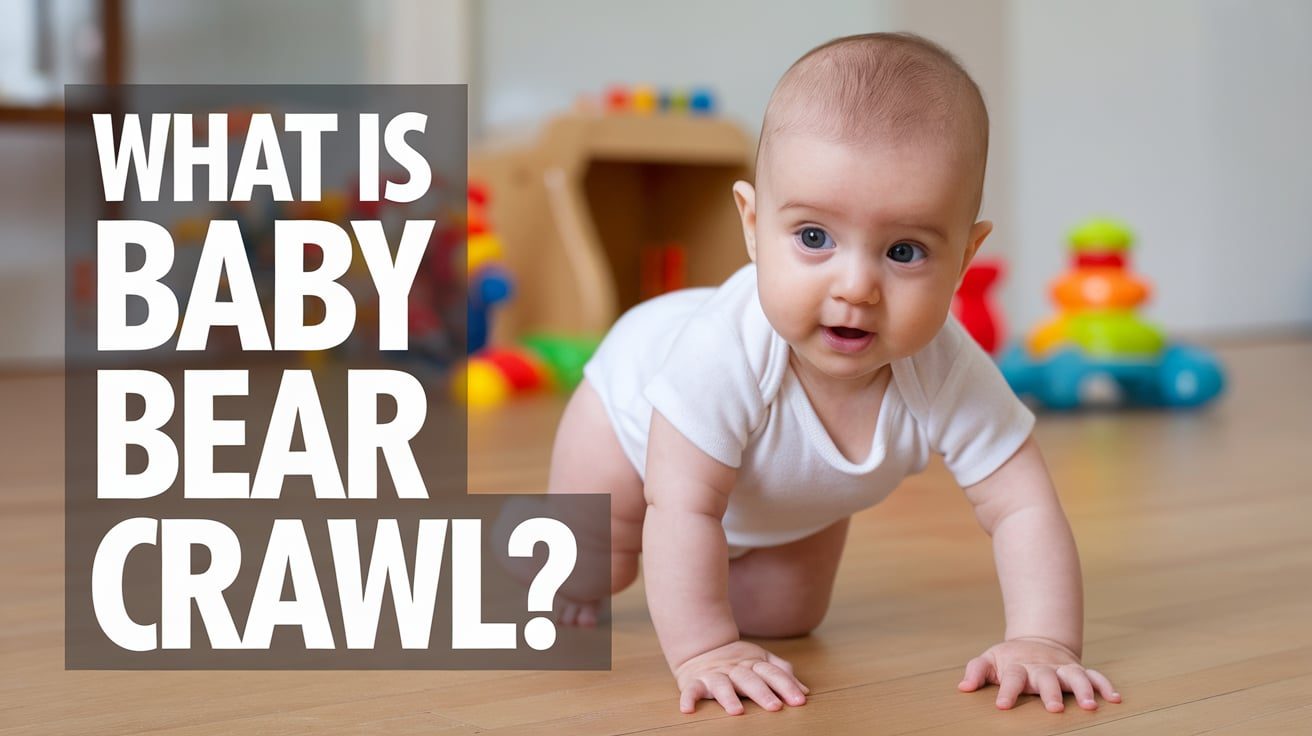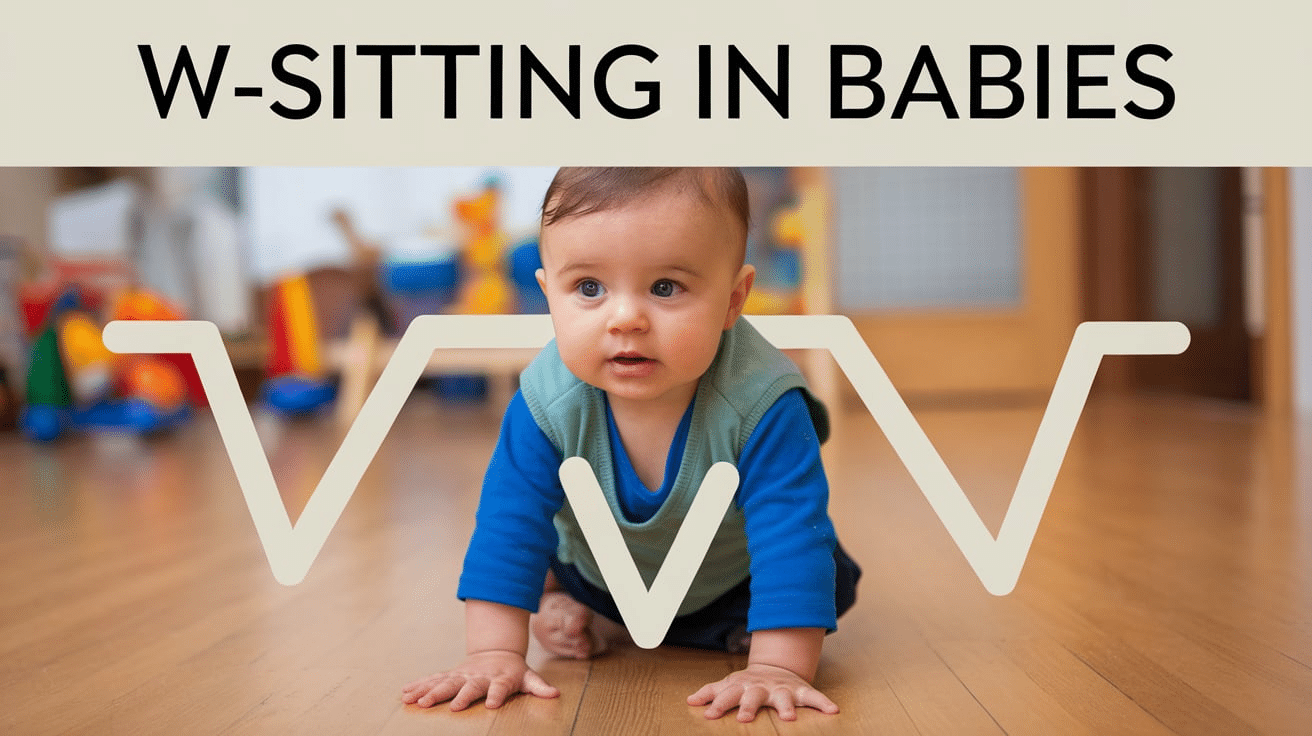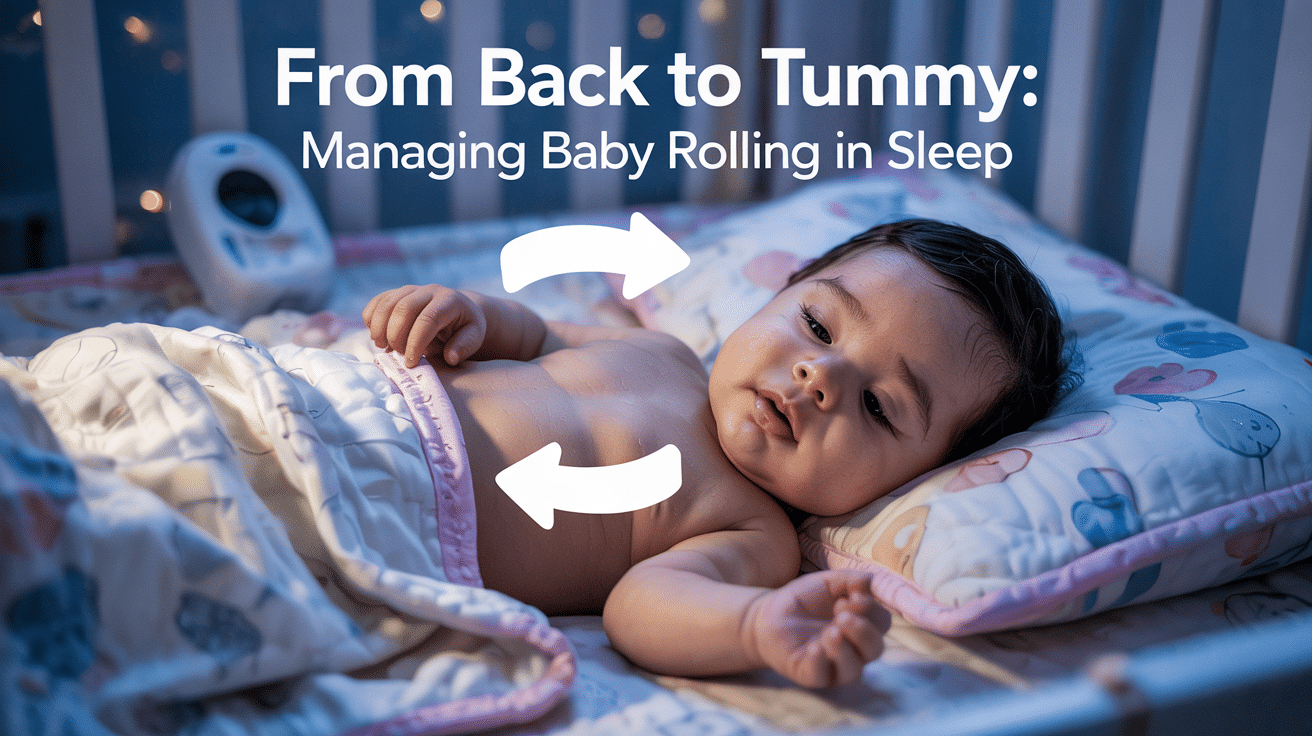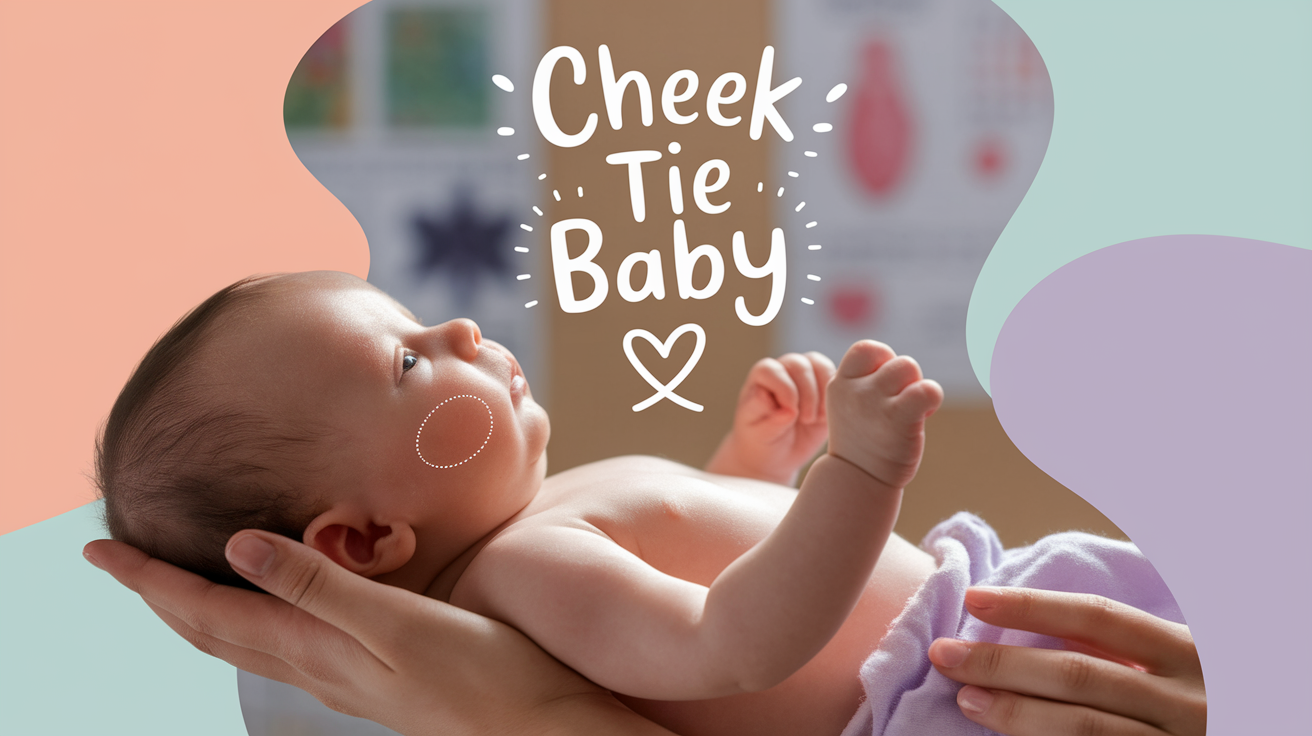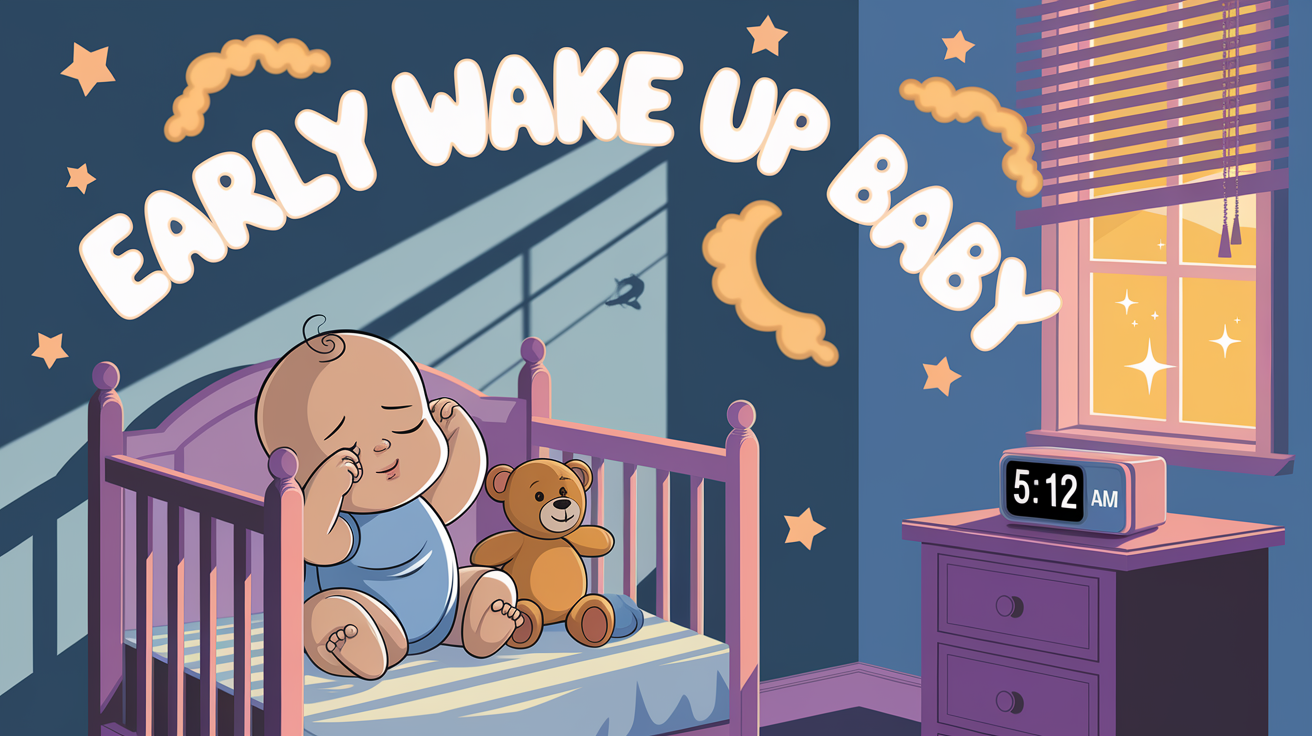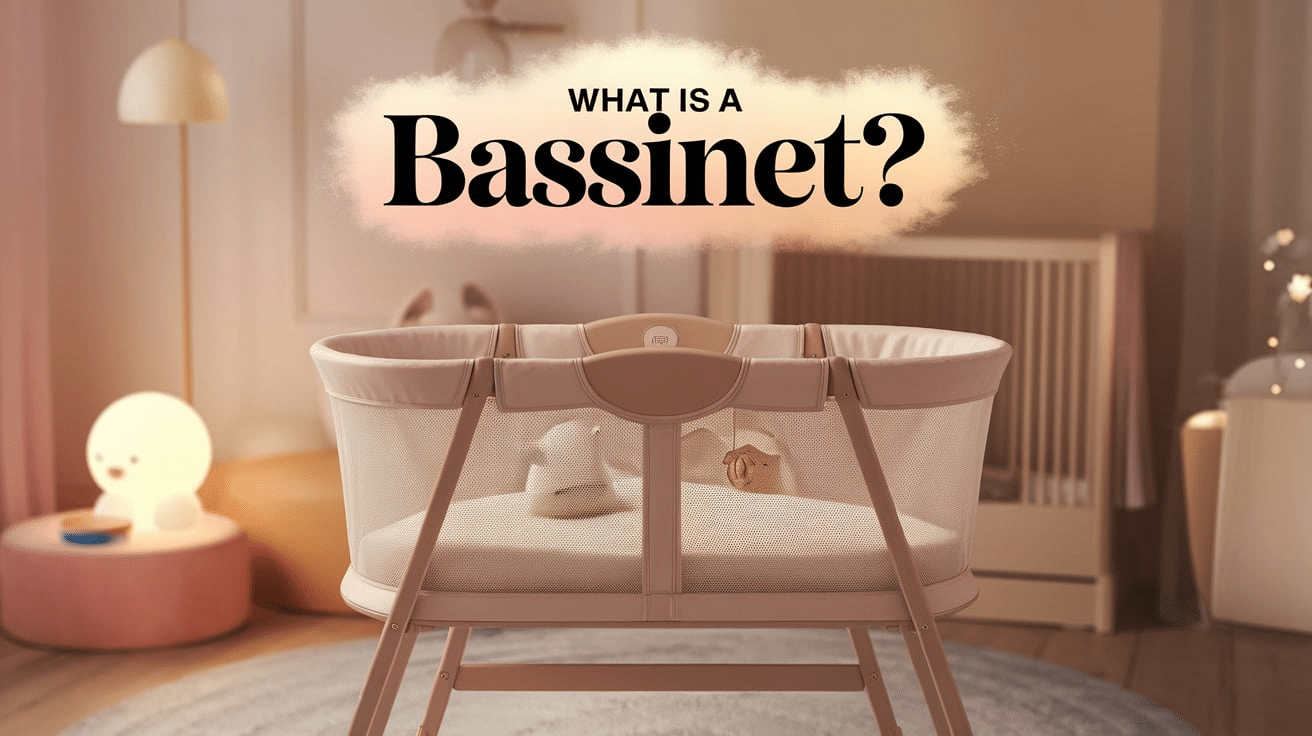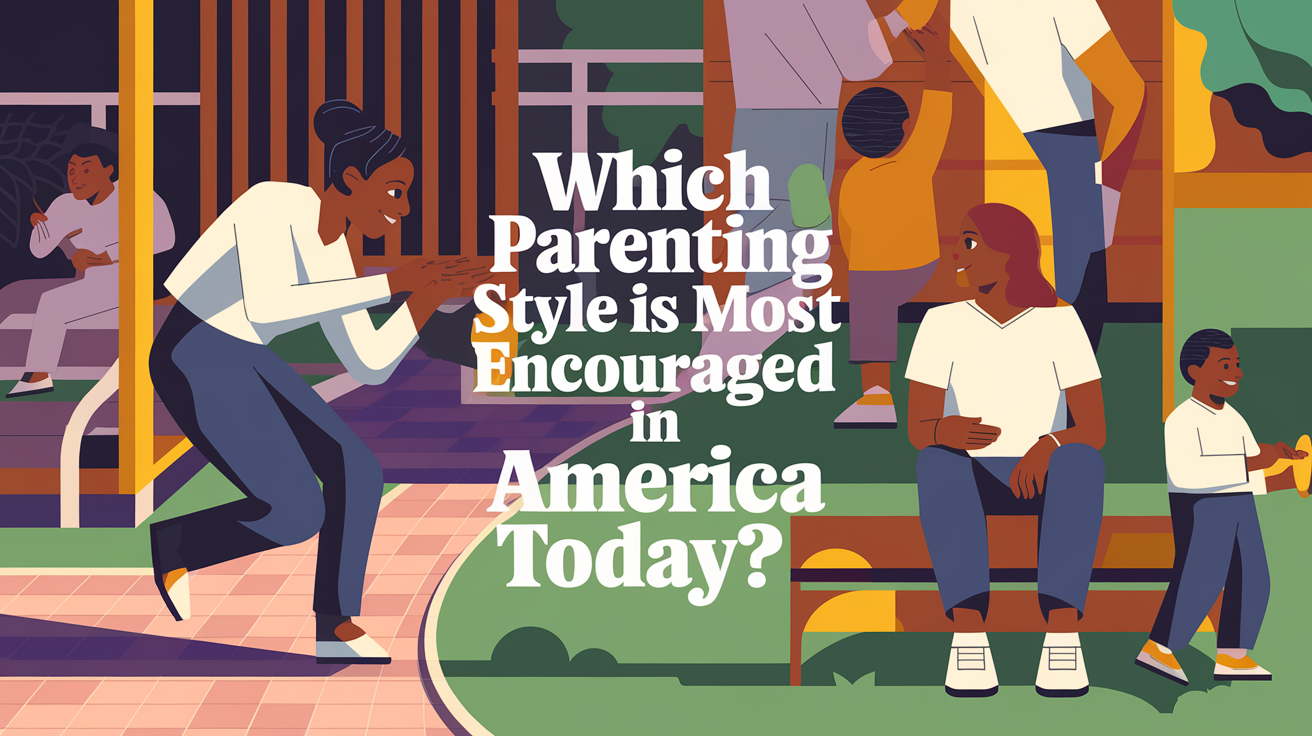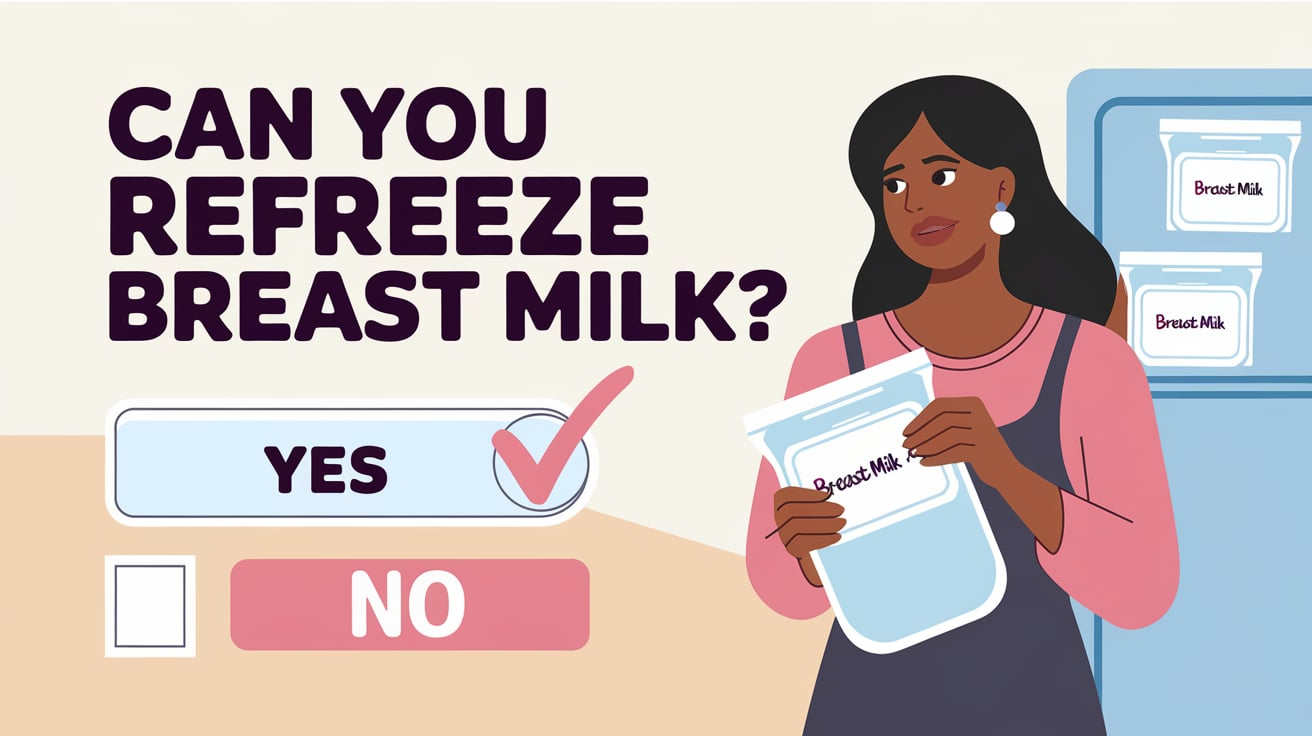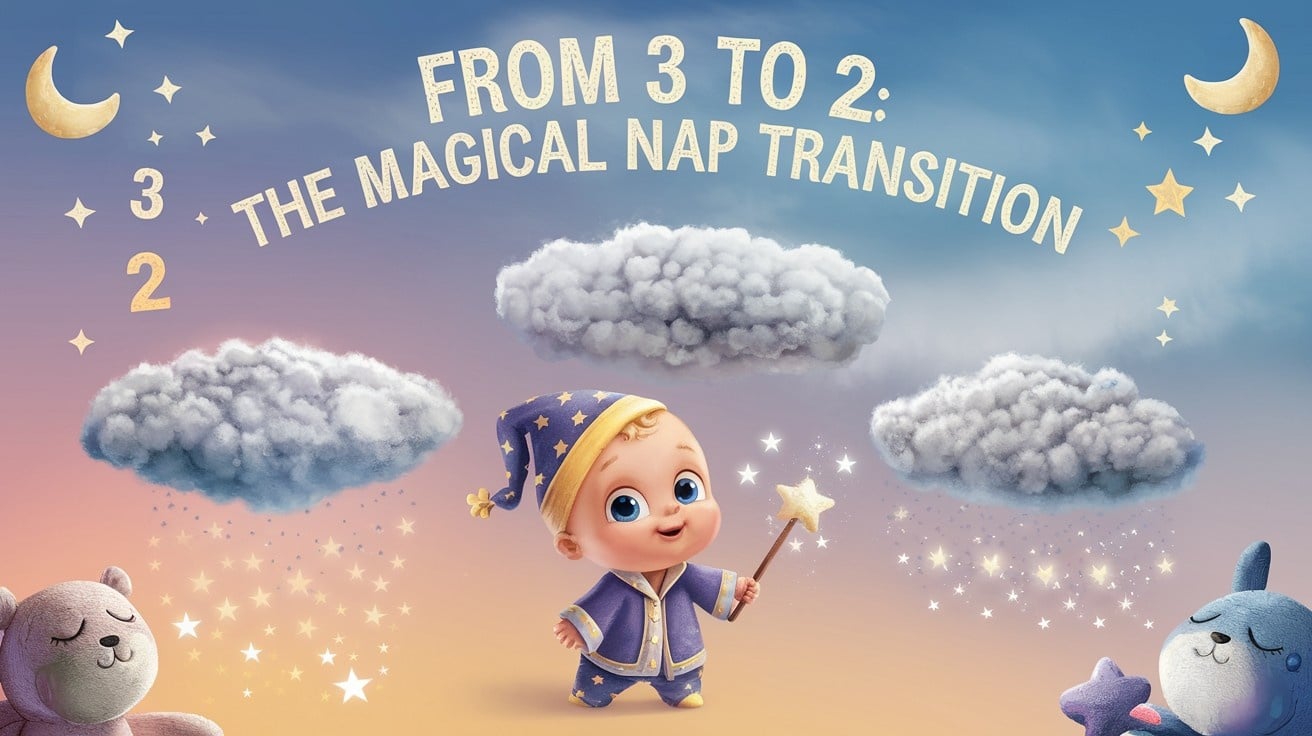
Ever wondered why your little one’s sleep schedule seems to change just as you’ve mastered it? The mystery of baby sleep is both interesting and frustrating for parents worldwide.
Babies begin life sleeping 14-17 hours daily in short bursts. Their sleep consolidates as their circadian rhythm develops, typically around 3-4 months.
Did you know that newborns spend about 50% of their sleep in REM compared to adults’ 20%? This explains their adorable sleep smiles and twitches!
Nap transitions occur as babies mature developmentally. Most infants follow a predictable pattern: 4-5 naps (0-4 months), 3 naps (4-8 months), 2 naps (8-15 months), and finally,1 nap (15-36 months).
The transition from 3 to 2 naps typically happens between 6 and 9 months, when babies can stay awake longer and consolidate sleep better. Signs include fighting the third nap, taking longer to fall asleep, or waking early from naps.
Why Do Babies Transition from 3 to 2 Naps?
Babies transition from 3 to 2 naps as their bodies mature and sleep needs evolve. This typically occurs between 6 and 9 months when their circadian rhythm develops and they can stay awake longer.
This natural progression reflects changing sleep requirements. Newborns need 16-17 hours of sleep across 4-5 naps, gradually consolidating to fewer, longer naps as they grow.
Wake windows—the time babies can comfortably stay awake—expand from 45-60 minutes in newborns to 2-3 hours by 6-9 months, making 3 daily naps difficult to fit in.
The transition to 2 naps brings numerous benefits, including more predictable routines, better nighttime sleep, enhanced memory consolidation and brain development through longer nap cycles, and increased time for daytime activities and exploration, often resulting in improved mood and engagement.
When Do Babies Drop to 2 Naps Typically?

Most babies transition from 3-4 naps to 2 naps between 6-9 months of age. This milestone often coincides with other developmental changes, like increased mobility and the introduction of solid food.
Signs your baby is ready include fighting the third nap, taking longer to fall asleep, or waking earlier from naps. Some babies may show readiness as early as 5 months, while others might need 3 naps until closer to 10 months.
The transition usually happens gradually. You might notice your baby naturally skipping that third nap or staying awake longer between sleep periods.
Remember that every baby follows their unique timeline. What works for one may not work for another. Trust your instincts and watch your baby’s cues rather than focusing solely on age milestones.
Signs Your Baby Is Ready to Drop to 2 Naps

Transitioning from 3 to 2 naps is a significant milestone in your baby’s sleep development, typically occurring between 6 and 9 months. Watch for clear indicators that your little one is ready for this change.
1. Fighting the Last Nap of the Day
Your baby might suddenly protest that third nap with surprising determination. What was once a peaceful afternoon routine becomes a frustrating battle of wills. This resistance often signals that their body is naturally extending wake windows and preparing for a new sleep schedule.
2. Longer Awake Periods Without Fussiness
Notice your baby happily playing for extended periods without showing sleep cues?
Their increasing stamina allows them to stay content and engaged for longer stretches. This newfound endurance is a strong indication that their sleep needs are evolving.
3. Shorter or Skipped Naps Consistently
When that reliable 40-minute nap shrinks to 20 minutes or disappears entirely for several days, it’s rarely coincidental. Your baby’s body is adjusting its internal clock. This pattern suggests that it’s consolidating sleep and preparing for fewer, longer daytime rest periods.
4. Early Morning Wakings or Night Disruptions
Sudden early risings or midnight parties can actually signal nap transition readiness. Sleep schedule misalignment often manifests in disrupted nights. Adjusting to a 2-nap schedule frequently resolves these frustrating sleep regressions.
Helpful Tips for a Successful Nap Transition
Nap transitions can be challenging but manageable with the right approach. Start by gradually shifting your baby’s first nap later by 15-minute increments over several days, allowing their body to adjust naturally to the new rhythm.
Establish consistent pre-nap routines that signal sleep time through activities like reading, singing, or gentle rocking. These calming rituals create positive sleep associations and help babies settle more easily.
Pay close attention to your child’s unique tiredness cues, such as eye rubbing, yawning, or decreased activity. These signals often provide the best timing guidance for nap transitions.
When total daytime sleep decreases during transitions, compensate with an earlier bedtime to prevent overtiredness. Remember that patience is key—each baby adapts at their own pace, and consistency will eventually lead to a successful new nap schedule.
Additional Tip: Maintain a dark, quiet sleep environment during naps to encourage deeper, more restorative sleep as your baby adjusts to the new schedule.
How to Help Your Baby Transition to 2 Naps Smoothly?

Adjusting the Daily Schedule
Watch for signs that your baby is ready for fewer naps, like fighting the third nap or taking longer to fall asleep. These cues typically appear between 6 and 9 months of age.
Establish a consistent morning wake-up time to help regulate your baby’s internal clock.
This will create a strong foundation for the new nap schedule and help your little one adjust more quickly.
Extending Wake Windows Gradually
Add 15-30 minutes to the time between naps every few days rather than making dramatic changes. Your baby needs time to build stamina for longer periods of wakefulness.
Fill extended wake times with engaging activities that keep your baby stimulated without causing overtiredness. Outdoor play, sensory experiences, and quiet reading can make the transition enjoyable.
Keeping Bedtime Flexible During the Transition Phase
Be prepared to move bedtime earlier temporarily while your baby adjusts to waking at longer windows. Watch for overtiredness cues and respond accordingly. Trust the process and remain patient—most babies adapt to a two-nap schedule within 2-3 weeks.
Sample 2- Nap Schedule for Babies
| TIME | ACTIVITY | NOTES |
|---|---|---|
| 6:00-7:00 AM | Wake up | Start the day consistently |
| 7:00 AM | Morning feeding | Feed after waking to separate feeding from sleep |
| 8:30 AM | Pre-nap routine | Wind down with quiet activities |
| 9:00-10:30 AM | Morning nap | 1-1.5 hours of sleep |
| 10:30 AM | Post-nap feeding | Feed upon waking |
| 12:30 PM | Pre-nap feeding | Feed 30 minutes before nap |
| 1:00-2:30 PM | Afternoon nap | 1-1.5 hours of sleep |
| 2:30 PM | Post-nap feeding | Feed upon waking |
| 6:30 PM | Bedtime routine | Bath, feeding, book, bed |
| 7:00 PM | Bedtime | Consistent bedtime helps regulate sleep |
Things to keep in mind:
- Watch for sleepy cues (eye rubbing, fussiness)
- Be consistent but flexible for growth spurts
- Adjust timing slightly based on your baby’s unique needs
- Total daytime sleep: 2-3 hours
- Night sleep: 11-12 hours
Common Mistakes to Avoid During the Nap Transition
Parents often struggle during nap transitions by dropping the third nap too early (before 7-9 months), which creates an overtired baby who fights bedtime. Another common error is stretching wake windows too quickly instead of making gradual adjustments.
This causes overtiredness, which actually makes sleep more difficult. Perhaps most importantly, many parents rely solely on age-based averages rather than observing their unique baby’s sleep cues, such as eye rubbing, yawning, and decreased activity.
Successful nap transitions require patience, careful observation of your baby’s individual needs, and gradual adjustments to their schedule.
Remember that each child’s development follows its own timeline rather than a strict calendar.
Many parents make the common mistake of trying to force a strict nap schedule too soon rather than allowing for some flexibility as their baby adjusts to the new 2-nap rhythm.
What If Your Baby Struggles with 2 Naps?

Transitioning your baby from three naps to two can be challenging, with some infants showing resistance or sleep disruptions. Understanding the common hurdles and having strategies ready can help both you and your little one guide this important sleep milestone more smoothly.
1. Temporary Regression or Adjustment Period
Many babies experience a brief adjustment period when transitioning to a 2-nap schedule. This is completely normal and usually resolves within 1-2 weeks.
Watch for signs like fighting the second nap or waking early from naps during this time. Consistency is key—maintain your schedule even through challenges.
2. When to Consider Reverting to 3 Naps Briefly
If your baby has shown persistent overtiredness, extreme fussiness, or significantly shortened naps for more than two weeks, a temporary return to three naps might help.
This doesn’t mean the transition has failed. Think of it as a strategic pause to help your baby build sleep pressure and skills before trying again.
3. Tips for Managing Overtiredness
Move bedtime earlier temporarily to prevent sleep debt accumulation. Create a calming pre-nap routine that signals sleep time.
Ensure your baby’s sleep environment promotes quality rest with appropriate darkness, sound, and temperature. Remember that persistence and flexibility will help you both successfully guide this transitional stage.
Summing It Up
Most babies transition from 3 to 2 naps between 6-9 months of age. This shift is a natural part of your baby’s developing sleep patterns as they grow.
Watch for signs that your baby is ready: consistently fighting the third nap, taking longer to fall asleep, or waking earlier from naps. You might also notice they can stay awake longer between sleep periods without becoming overtired.
The transition often happens gradually. Some babies might skip the third nap occasionally before dropping it completely.
Remember that every baby is unique—some may drop to two naps earlier, around 5 months, while others might hold onto three naps until closer to 10 months.
Follow your baby’s lead and adjust their schedule based on sleep cues rather than strictly adhering to age guidelines.
Be patient as you guide this transition together. Sleep patterns continue evolving throughout the first years.
If you’re interested in more informational content on mothers and babies, feel free to click here and explore other blogs that you might enjoy.

